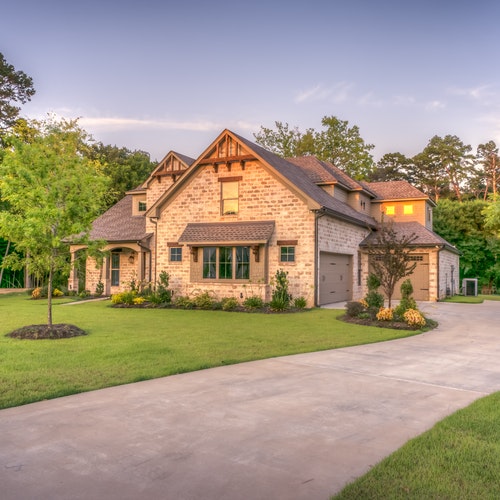
With so many varying climates around the world, humans have had to get creative in order to find ways to live comfortably in all types of weather. Some climates, like deserts, are more extreme than others and require special consideration when it comes to building homes. In more humid places, on the other hand, homes can be built with less worry about the climate.
So, what are the main differences between homes?
There are several key differences between homes made for the desert and those made for humid places. One of the most important is that homes in the desert are designed to keep cool, while those in humid climates are built to withstand high levels of moisture. But how exactly do they do that?
Dry Climate Building
In a dry climate, the biggest concern is keeping cool. Because there is very little moisture in the air, evaporation happens quickly. This means that homes in dry climates need to be designed to maximize airflow and minimize heat gain. To do this, windows are often placed on opposite sides of the house to create cross-ventilation. Other features like courtyards and porches can also be used to promote airflow.
In addition, homes in dry climates are often made with light-colored materials that reflect heat. They are mostly constructed of stone, stucco, or other materials that can absorb and radiate heat slowly. This helps to keep the interior of the home cooler during the day. Roofing is also a major concern as it needs to reflect heat and prevent the transfer of heat into the home, which is why tile roofing is the preference in dry climates. It’s typically fire-resistant, which is especially necessary for dry climates as well as reflects the heat and light from the sun very well.
Humid Climate Building
Homes in more humid climates, on the other hand, are designed to withstand and resist high levels of moisture. Because there is so much moisture in the air, evaporation happens slowly. This can cause problems like mold and mildew if homes are not properly ventilated due to moist air hovering inside.
To combat this, windows in humid climates are often placed high on the walls to promote air circulation. They are also usually double-paned to prevent moisture from condensing on the glass. In addition, homes in humid climates are built with materials that can resist mold and mildew, such as treated lumber, concrete, and brick. Roofing needs to resist high levels of moisture, and often asphalt shingle or metal roofing is the preference in humid climates.
While there are many differences between homes made for the desert and those made for humid places, the most important thing is that they are designed to be comfortable in their respective climates. By using the right materials and taking into account the climate, people can live comfortably in any type of weather.


